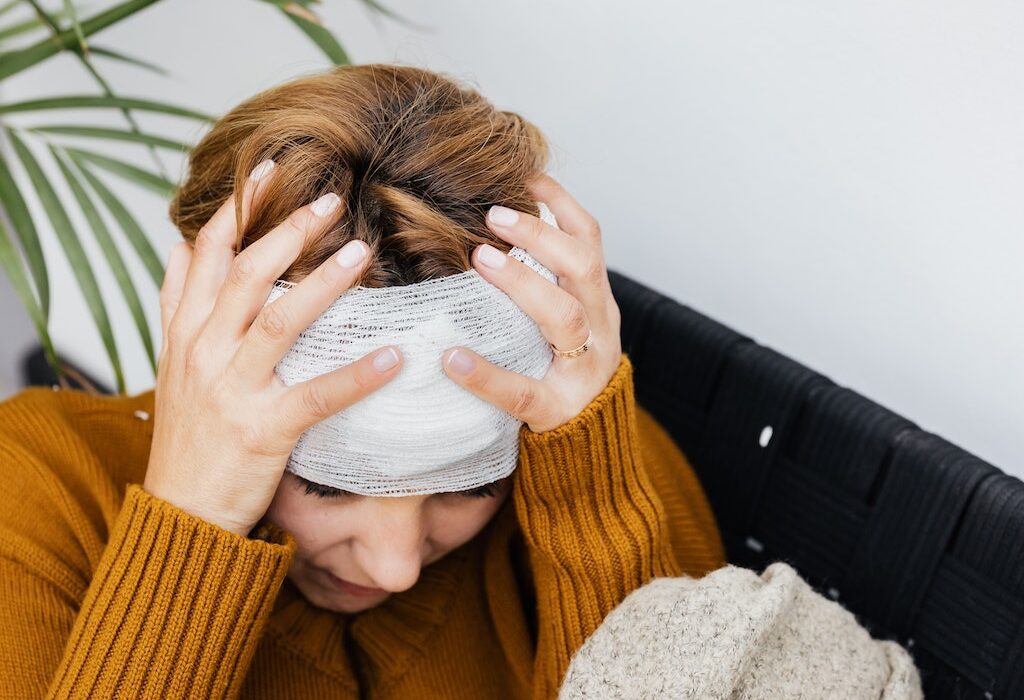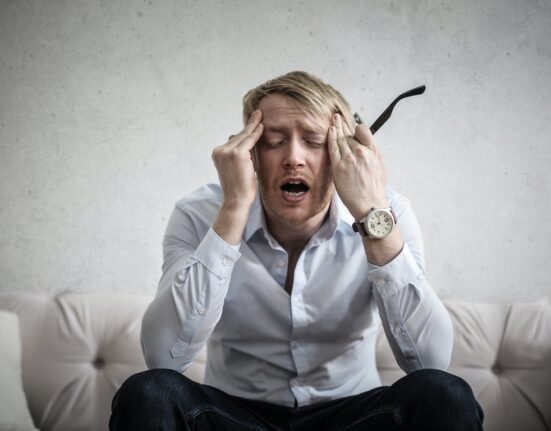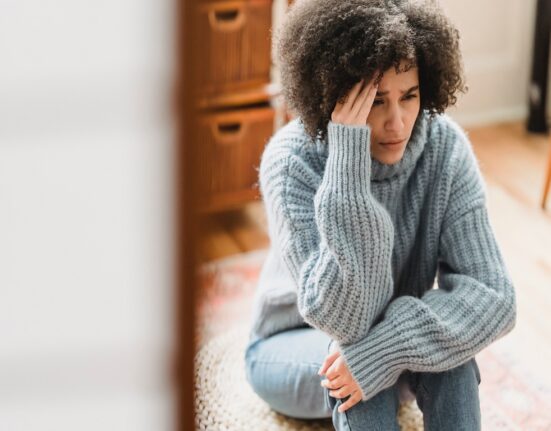Feeling pressure or pain in the head could be a sign of a headache or a migraine attack. However, it can be hard to tell the difference between the two when one doesn’t know what they’re looking for.
Differentiating migraine from other headache disorders is critical because it can lead to faster relief via more targeted treatments. It could also help in the prevention of future headaches.
So, how does one tell the difference between migraines and headaches?
What Is a Headache?
Headaches are uncomfortable throbbing pains in the head. They typically occur on both sides of your head, with pain ranging from mild to severe. They are most common in the forehead, temples, and back of the neck.
A typical headache can last anywhere from five minutes to four hours.
Types of Headaches
Tension Headaches
They are the most common types of headaches. Triggers include stress, anxiety, muscle strain, and eye strain.
Cluster Headaches
Cluster headaches are excruciating headaches in clusters on one side of the head. They are commonly felt behind or above the eye or at the temple.
Sinus Headaches
Sinus headaches are often linked with sinus infection symptoms such as fever, stuffy nose, cough, congestion, and facial pressure.
Thunderclap Headaches
A “thunderclap” headache is severe but uncommon, appearing in 60 seconds or less. It could be a sign of a subarachnoid hemorrhage, a potentially fatal medical condition that requires immediate medical attention. It could also be the result of an aneurysm or a stroke.
Treating Headaches
Over-The-Counter Medications
Most headaches can be relieved with over-the-counter medications like acetaminophen, aspirin, and ibuprofen.
Relaxation Techniques
Reducing stress can help relieve headache pain and lower the likelihood of developing headaches. The various relaxation techniques to treat headaches are:
- Heat therapy, like using warm compresses or taking a warm shower
- Massage
- Meditation
- Neck stretches
- Relaxation exercises
What Is a Migraine?
Migraine attacks are intense or severe, including symptoms other than head pain. Migraine pain can range from mild to severe. Migraine attacks usually affect only one side of the head but can affect both sides. A migraine attack causes intense pain that may throb, making it difficult to perform daily tasks.
Migraine symptoms include:
- Neck and shoulder pain
- Nausea
- Pain behind the eyes or ears
- Pain in the temples
- Susceptibility to light or sound
- Muscle pain
Migraine Triggers
People who suffer from migraines report a variety of triggers. Migraine triggers include:
- Emotional anxiety
- Insufficient sleep
- Skipping meals
- Contraceptives
- Alcohol
- Changes in hormonal levels
- Changes in altitude
- Barometric pressure variations
- Over consumption of caffeine
Treating Migraines
Tips for Prevention
When it comes to migraines, prevention is often the best medicine. Preventive measures include:
- Making dietary changes, such as giving up alcohol and caffeine.
- Using prescription medications such as antidepressants, blood pressure medications, antiepileptic medications, or CGRP receptor antagonists.
- Reducing stress through relaxation techniques.
Medications
People who have migraines less frequently may benefit from taking medications known to reduce migraines quickly. These include:
- Anti-nausea medications
- Mild to moderate pain relievers
- Nonsteroidal anti-inflammatory medications
- Triptans








